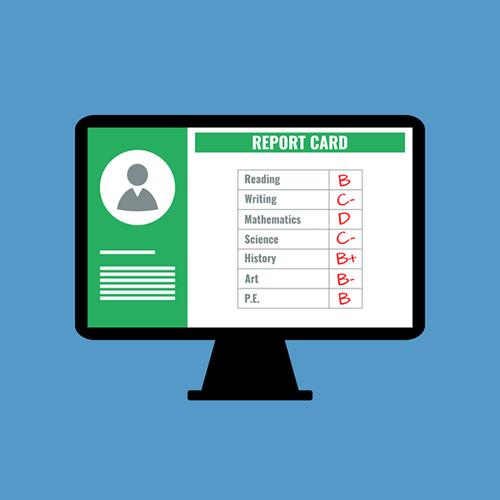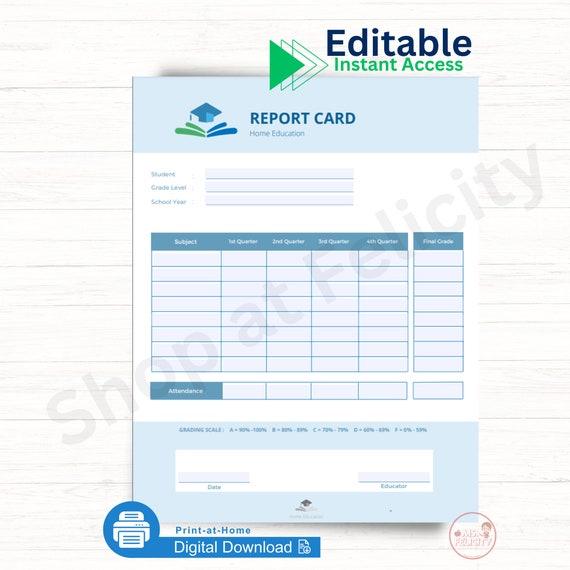In classrooms across the globe, a quiet revolution is unfolding. The familiar rustle of paper report cards, once a symbol of academic progress, is giving way to digital dashboards and online portals. As schools embrace technology to deliver grades with a click, the question arises: are students, parents, and educators truly prepared for this shift? While digital report cards promise convenience and instant access, they also bring challenges that test our readiness for a fully connected educational future. This article explores the evolving landscape of student assessments, weighing the benefits against the hurdles on the road to a paperless report card era.
Table of Contents
- The Rise of Digital Report Cards and Their Impact on Education
- Bridging the Digital Divide Ensuring Equal Access for All Students
- Data Security and Privacy Concerns in the Digital Report Card Era
- Teacher and Parent Adaptation Strategies for Seamless Transition
- Recommendations for Schools to Foster Digital Literacy and Inclusion
- Frequently Asked Questions
- Future Outlook
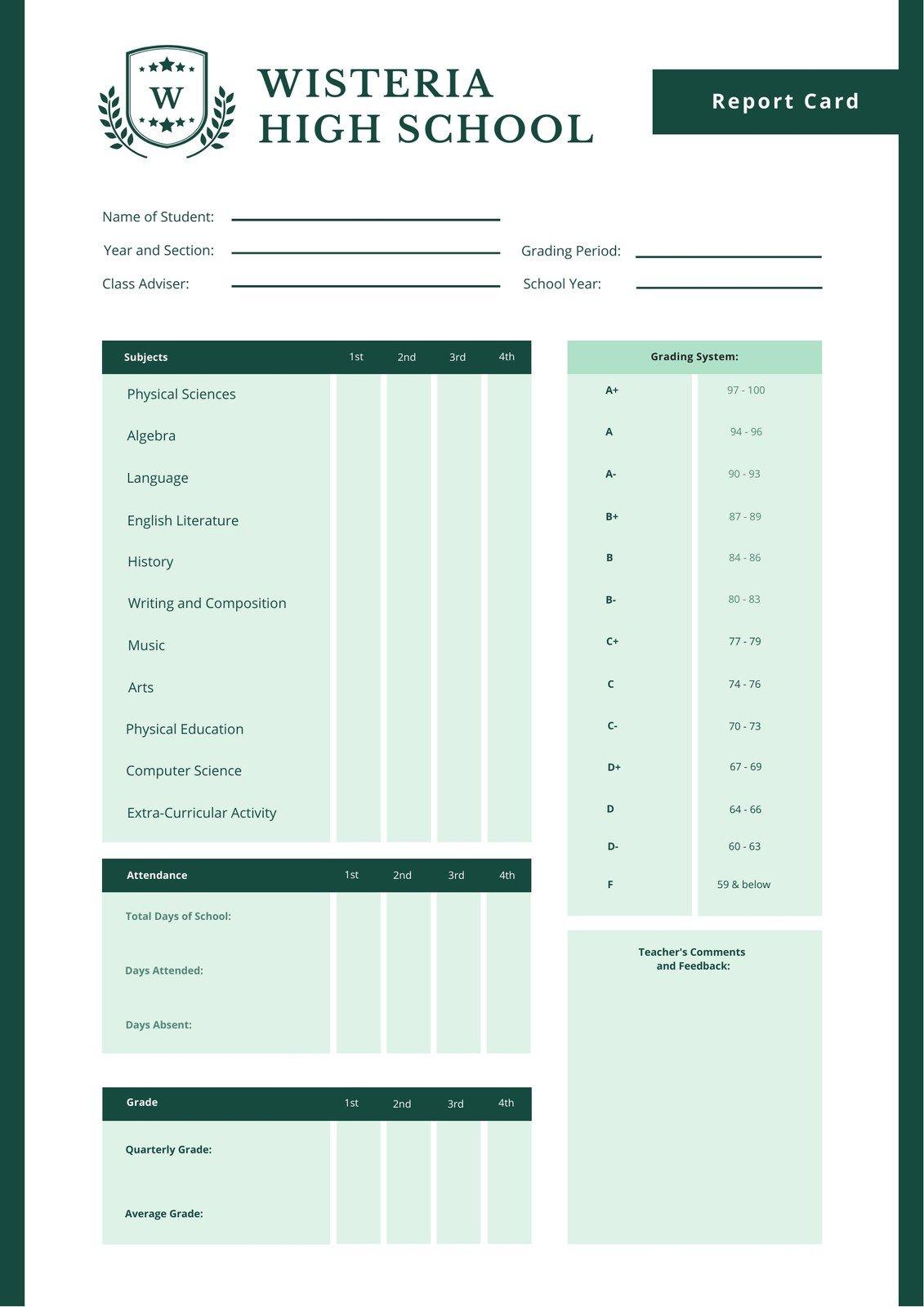
The Rise of Digital Report Cards and Their Impact on Education
In recent years, the education landscape has witnessed a profound shift as traditional paper report cards are increasingly being replaced by their digital counterparts. This transformation is not just about convenience; it represents a fundamental change in how student progress is communicated and tracked. Digital report cards offer real-time updates, interactive feedback, and a more comprehensive view of a student’s achievements beyond mere grades.
Benefits extend beyond accessibility:
- Instant notifications allow parents and students to stay informed without delay.
- Customizable dashboards provide tailored insights into strengths and areas for improvement.
- Environmentally friendly by reducing paper waste, aligning schools with sustainability goals.
However, this digital leap also raises critical questions about readiness and equity. Not all families have equal access to technology or reliable internet, which can exacerbate existing educational disparities. Schools must balance innovation with inclusivity, ensuring that digital tools enhance learning for everyone rather than creating new barriers.
| Aspect | Traditional Report Cards | Digital Report Cards |
|---|---|---|
| Delivery Speed | Once per term | Real-time updates |
| Feedback Detail | Summary comments | Interactive, detailed analytics |
| Parental Access | Physical copy only | Online portals, mobile apps |
| Environmental Impact | High paper usage | Reduced paper waste |
Ultimately, the success of digital report cards depends on thoughtful implementation, ongoing support, and the willingness of educators, students, and parents to adapt. When done right, this innovation has the potential to transform educational communication into a dynamic, inclusive, and empowering experience for all stakeholders.
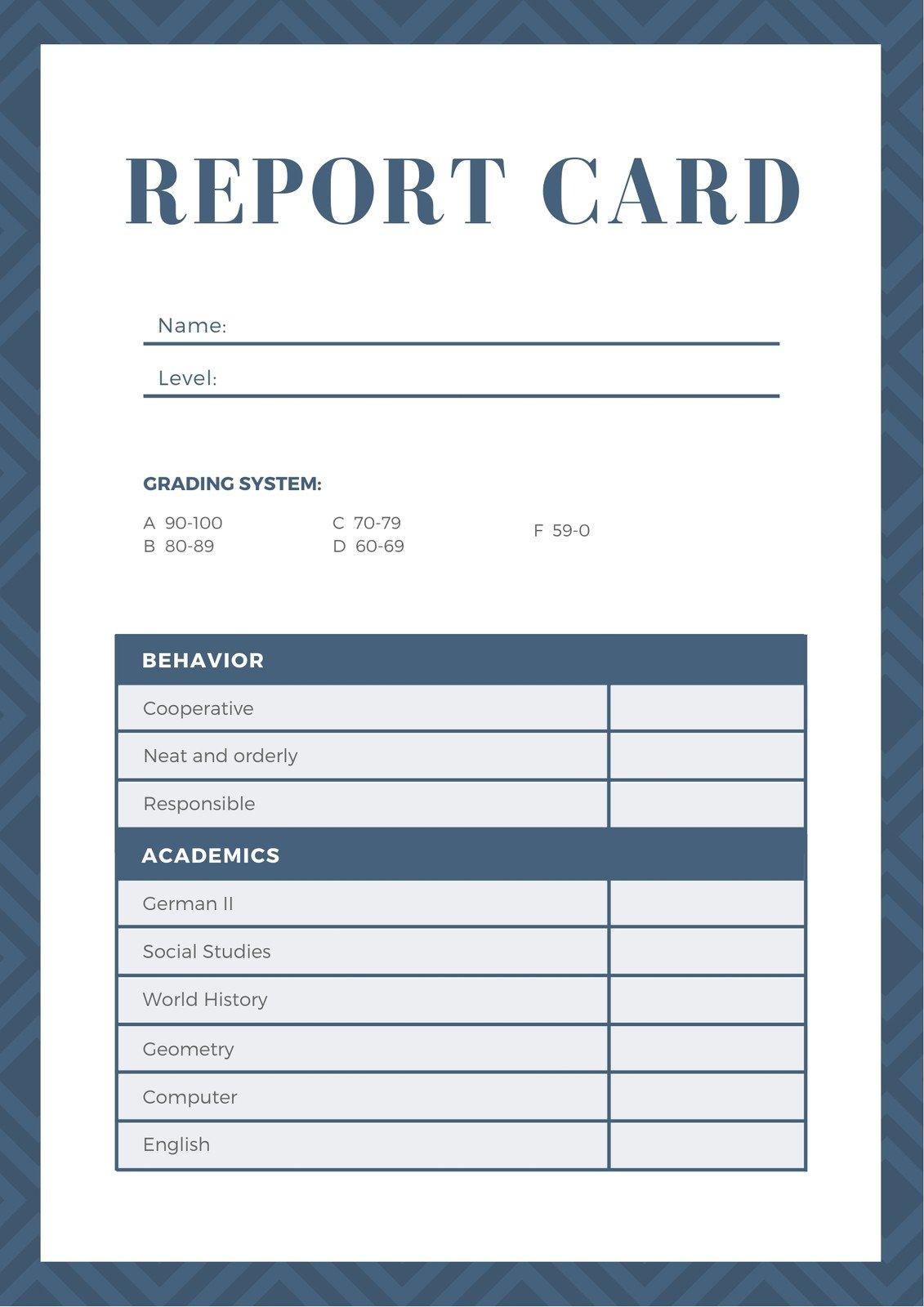
Bridging the Digital Divide Ensuring Equal Access for All Students
As schools transition to digital report cards, a critical challenge emerges: ensuring every student has reliable access to the technology needed to view and understand their academic progress. While digital platforms promise efficiency and environmental benefits, they can inadvertently widen the gap for students without consistent internet access or modern devices. This digital disparity risks leaving behind those who could benefit the most from up-to-date academic feedback.
Addressing these inequities requires a multifaceted approach:
- Providing schools with funding to distribute devices such as tablets or laptops to families in need.
- Partnering with internet service providers to offer affordable or subsidized connectivity options.
- Creating offline-accessible versions or print-on-demand options for families facing persistent connectivity issues.
To illustrate the current state of access, consider the following snapshot of student home connectivity:
| Student Group | Reliable Internet Access | Access to Personal Device |
|---|---|---|
| Urban Schools | 85% | 78% |
| Rural Schools | 60% | 55% |
| Low-Income Families | 50% | 45% |
These numbers highlight the pressing need for tailored solutions that acknowledge diverse circumstances. Without intentional efforts, digital report cards risk becoming another barrier rather than a bridge to academic engagement. By committing resources and creative strategies, educators and policymakers can ensure that all students receive timely, accessible insights into their learning journey, empowering families regardless of their digital starting point.
Data Security and Privacy Concerns in the Digital Report Card Era
As schools transition from traditional paper report cards to digital formats, a new set of challenges arises surrounding the protection of sensitive student information. Unlike paper copies, which are physically secured by parents or schools, digital report cards live within networks and databases vulnerable to cyber threats. Ensuring robust encryption and secure access protocols becomes paramount to prevent unauthorized viewing or data breaches.
Privacy concerns extend beyond just securing grades. Digital report cards often contain personal identifiers, attendance records, and sometimes even behavioral notes. When this data is stored or transmitted online, it may be exposed to third parties without explicit consent, raising questions about who owns and controls this information. Additionally, the risk of data being used for profiling or commercial purposes cannot be overlooked.
Parents and educators alike must be vigilant about the platforms that manage these digital records. Not all systems meet the same standards, and the lack of uniform policies can lead to inconsistent levels of protection. Transparency about data usage, clear consent processes, and regular audits are essential steps toward building trust in digital report card systems.
- Data encryption: Safeguarding information during transmission and storage.
- Access controls: Ensuring only authorized users can view or modify records.
- Audit trails: Tracking who accessed or changed data and when.
- Parental consent: Obtaining explicit permission for data collection and sharing.
| Security Feature | Benefit | Risk if Absent |
|---|---|---|
| Two-Factor Authentication | Prevents unauthorized logins | Increased chance of hacking |
| Data Encryption | Protects data from interception | Data leakage during transmission |
| Regular Software Updates | Fixes vulnerabilities | Exposure to known exploits |
Teacher and Parent Adaptation Strategies for Seamless Transition
Adapting to digital report cards demands a concerted effort from both educators and families. Teachers are redefining their communication techniques, leveraging platforms that allow for real-time feedback and interactive progress tracking. This shift isn’t simply about digitizing grades but transforming how information is shared to foster a more collaborative environment.
Parents, on the other hand, are expanding their digital literacy to stay engaged in their children’s academic journeys. Many schools offer workshops or online tutorials to guide parents through new interfaces, ensuring they can confidently navigate portals and understand the updated metrics. This mutual upskilling builds a bridge of understanding, vital for the effectiveness of the new system.
Key adaptation strategies include:
- Regular virtual parent-teacher conferences to discuss report insights beyond numbers.
- Customized notifications and alerts to keep parents informed of student milestones.
- Integrating multimedia comments from teachers, providing context and personalized feedback.
- Collaborative goal-setting tools that invite parents and students to participate actively.
| Stakeholder | Strategy | Benefit |
|---|---|---|
| Teachers | Use of interactive dashboards | Enhanced clarity in student performance trends |
| Parents | Participation in digital literacy sessions | Increased confidence and involvement in academic progress |
| Students | Access to self-assessment tools | Empowerment through ownership of learning |
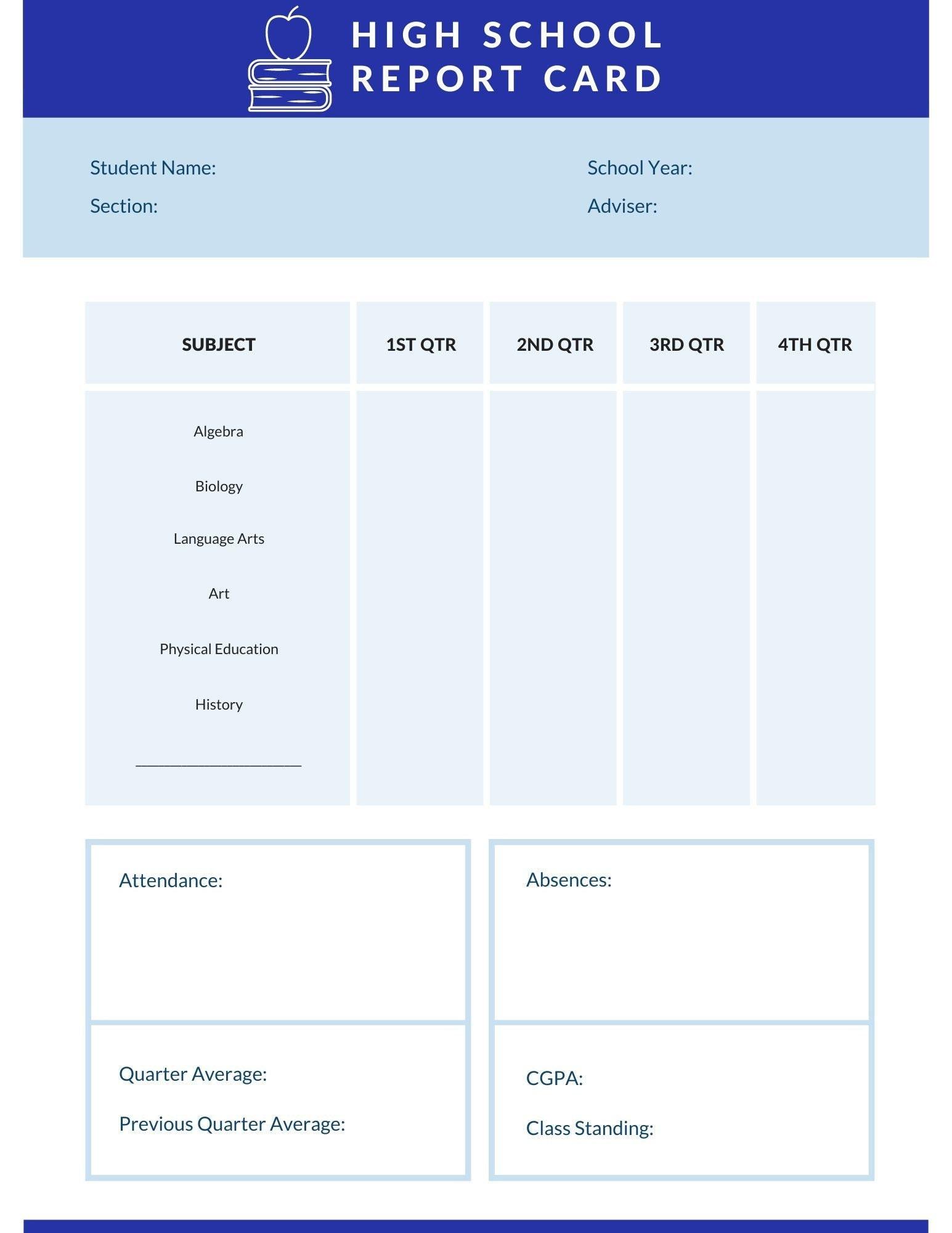
Recommendations for Schools to Foster Digital Literacy and Inclusion
To bridge the gap between traditional reporting methods and the digital era, schools must prioritize not only access to technology but also the skills to navigate it confidently. Investing in comprehensive digital literacy programs ensures students and educators understand how to effectively use digital report cards and related platforms. These programs should be integrated into the curriculum, emphasizing critical thinking, data privacy, and digital communication.
Equally important is fostering an environment of inclusion where no student is left behind due to socioeconomic barriers. Schools can adopt multi-tiered support systems that provide:
- Access to devices and reliable internet for all students
- Ongoing technical support for families unfamiliar with digital tools
- Tailored training sessions to accommodate diverse learning needs and languages
Moreover, collaboration between educators, parents, and technology providers is essential. By creating open channels for feedback and troubleshooting, schools can adapt digital report card platforms to better serve their communities. Consider the following table highlighting key stakeholder roles in fostering digital literacy and inclusion:
| Stakeholder | Role | Impact |
|---|---|---|
| Educators | Integrate digital skills with daily teaching | Enhances student engagement and learning |
| Parents | Support and monitor student progress online | Strengthens home-school communication |
| Tech Providers | Ensure user-friendly, accessible platforms | Reduces technical barriers and frustrations |
By adopting these strategies, schools can create a sustainable digital culture where report cards are more than just grades-they become tools for meaningful dialogue and growth.
Frequently Asked Questions
Q&A: Digital Report Cards Are Replacing Paper – But Is Everyone Ready?
Q1: What are digital report cards, and how do they differ from traditional paper report cards?
A1: Digital report cards are electronic versions of student performance reports, accessed online or through apps. Unlike traditional paper report cards, which are physically printed and handed out, digital versions offer instant access, interactive features, and can be integrated with other educational tools for real-time updates.
Q2: Why are schools shifting from paper to digital report cards?
A2: Schools are moving to digital report cards to enhance efficiency and reduce costs associated with printing and distribution. Digital report cards also promote environmental sustainability by cutting down paper use, and they provide parents and students quicker access to grades and feedback.
Q3: Are digital report cards more accessible to all families?
A3: Accessibility varies. While many families benefit from the convenience of digital report cards, those without reliable internet access, up-to-date devices, or digital literacy skills may face challenges. Schools need to consider these disparities to ensure equitable access.
Q4: What are some concerns educators have about digital report cards?
A4: Educators worry about data privacy, the potential for technical glitches, and the loss of personal touch that comes with handing out physical reports. There’s also concern about whether all families can navigate digital platforms effectively, which could impact communication and student support.
Q5: How can schools prepare families and teachers for the transition to digital report cards?
A5: Schools can offer training sessions, provide technical support, and create user-friendly platforms. Communicating clearly about the benefits and addressing concerns upfront helps ease the transition. Additionally, offering alternative access methods, such as printed copies on request, can bridge gaps.
Q6: Will digital report cards completely replace paper ones?
A6: While the trend is moving toward digital-only report cards, some schools may keep paper copies as backups or for families who prefer them. The complete replacement depends on infrastructure, community readiness, and policy decisions.
Q7: What does the future hold for student reporting with digital tools?
A7: The future likely includes more interactive, personalized, and real-time reporting methods. Digital platforms may integrate multimedia feedback, goal tracking, and direct communication channels between teachers, students, and parents, making student progress more transparent and engaging.
This Q&A aims to illuminate the evolving landscape of student report cards, balancing innovation with inclusivity and readiness.
Future Outlook
As the last paper report card fades into the past, the digital version is stepping confidently into the spotlight-offering speed, convenience, and a new way to engage with student progress. Yet, this transformation isn’t without its growing pains. From access disparities to questions about data privacy, the shift challenges us to rethink not just how we report grades, but how we support every learner in an increasingly digital world. Whether schools, families, and students are fully ready may vary, but one thing is clear: the future of reporting is digital, and navigating this change thoughtfully will shape the educational experience for years to come.